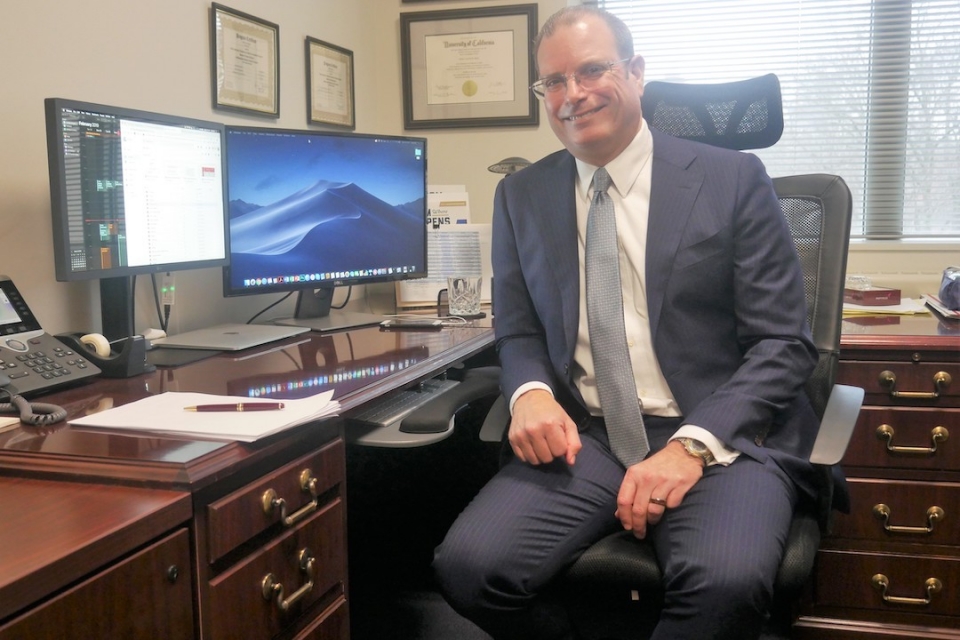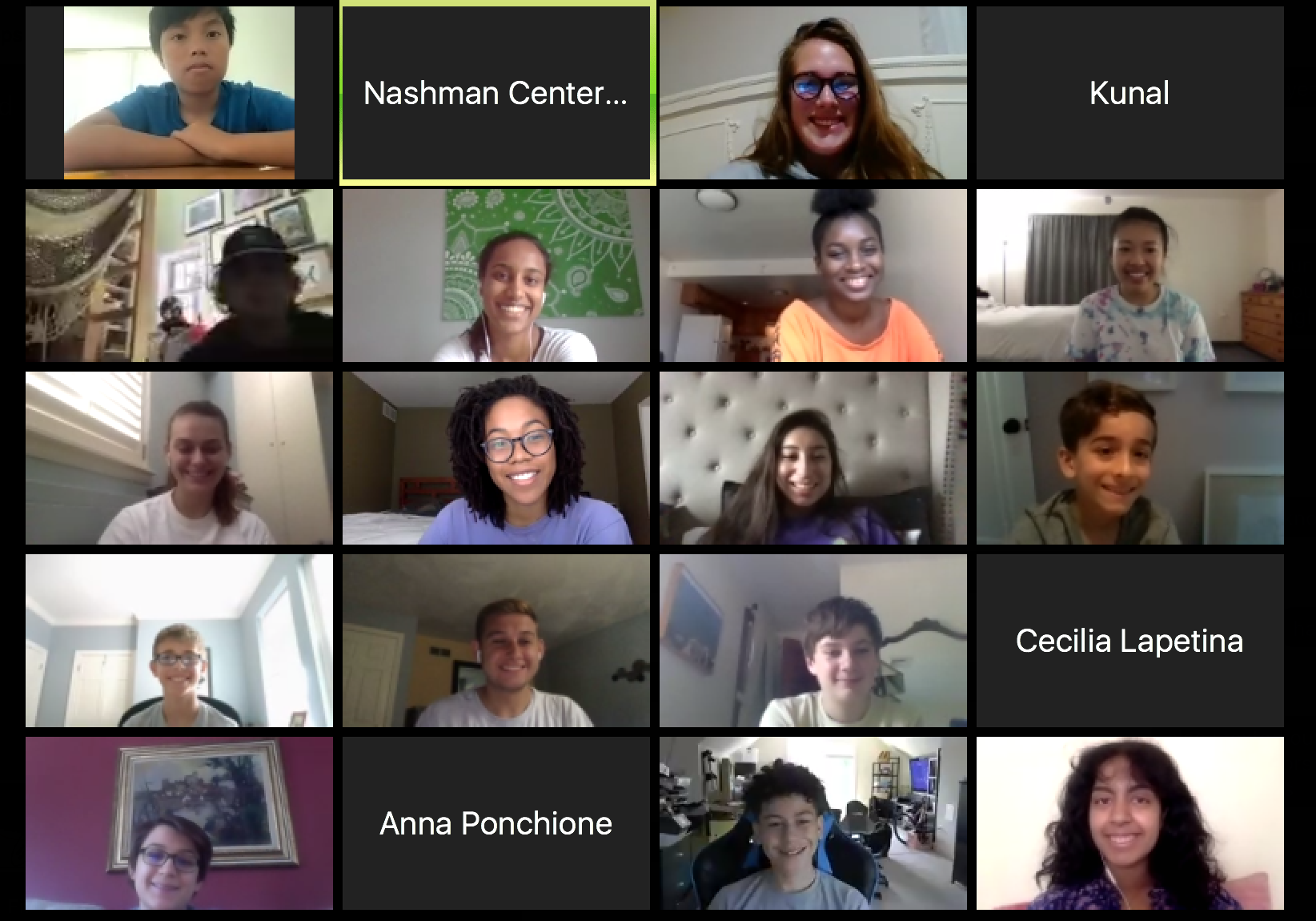By Ruth Steinhardt
This year’s Democratic National Convention was the first ever to run completely virtually, with four nights of speeches and presentations from across the country leading up to the nomination of Joe Biden as the party’s presidential candidate. Mr. Biden delivered his acceptance speech Thursday night.
The new format might have lacked roars of live applause, but its liveliness and intimacy could be game-changing for future conventions, according to Todd Belt, director of the political management program at the George Washington University Graduate School of Political Management. GW Today spoke to Dr. Belt about the convention’s highlights and the way producers chose to tackle challenges imposed by the COVID-19 pandemic.
Q: What do you think was the overarching message to voters at the DNC this year?
A: That Donald Trump has failed as a leader and does not deserve a second term. The Democrats focused heavily on introducing Joe Biden to America, and to promote him as having better leadership qualities [than Mr. Trump].
Q: Who stood out, either as a rising star or a return to the stage?
A: Neither. Rather, what really stood out were the diverse voices of common Americans. This was particularly highlighted by the memorable segments with the New York Times security guard [Jacquelyn Brittany], the boy struggling with his stuttering [Brayden Harrington] and the nationwide roll call vote.
Q: What did the virtual format add? What, if anything, was missing?
It was much more intimate. Instead of being a big pep rally with balloons and the roar of the crowd, it was individuals speaking directly to voters, which I think was effective and a sign of things to come in future conventions. Some figures, such as Michelle Obama, particularly excelled at this.
What went missing—longer floor speeches and delegates as props in a large hall—were more than overcome by the intimacy and personalization of the event. There were a couple of technical glitches and a few segments that did not come off as natural (such as some of the group discussions), but it was mostly well done.
Q: How did Joe Biden present himself as a candidate?
A: The presentation of Joe Biden came not only from himself but from testimonials from others. The overall message was that his empathy is a sign of strength and will lead to better governance. Another characterization of Mr. Biden was that he is guided by faith. Mr. Biden's own speech was forceful and cast clear distinctions, particularly on leadership, between himself and President Trump.
Q: Any other takeaways you’d emphasize?
A: It was fun to see how the Democrats dealt with the new format. For the most part, they did well. It will be interesting to see how the Republicans respond and which elements they copy or adapt. They don't have much time to put it all together.



